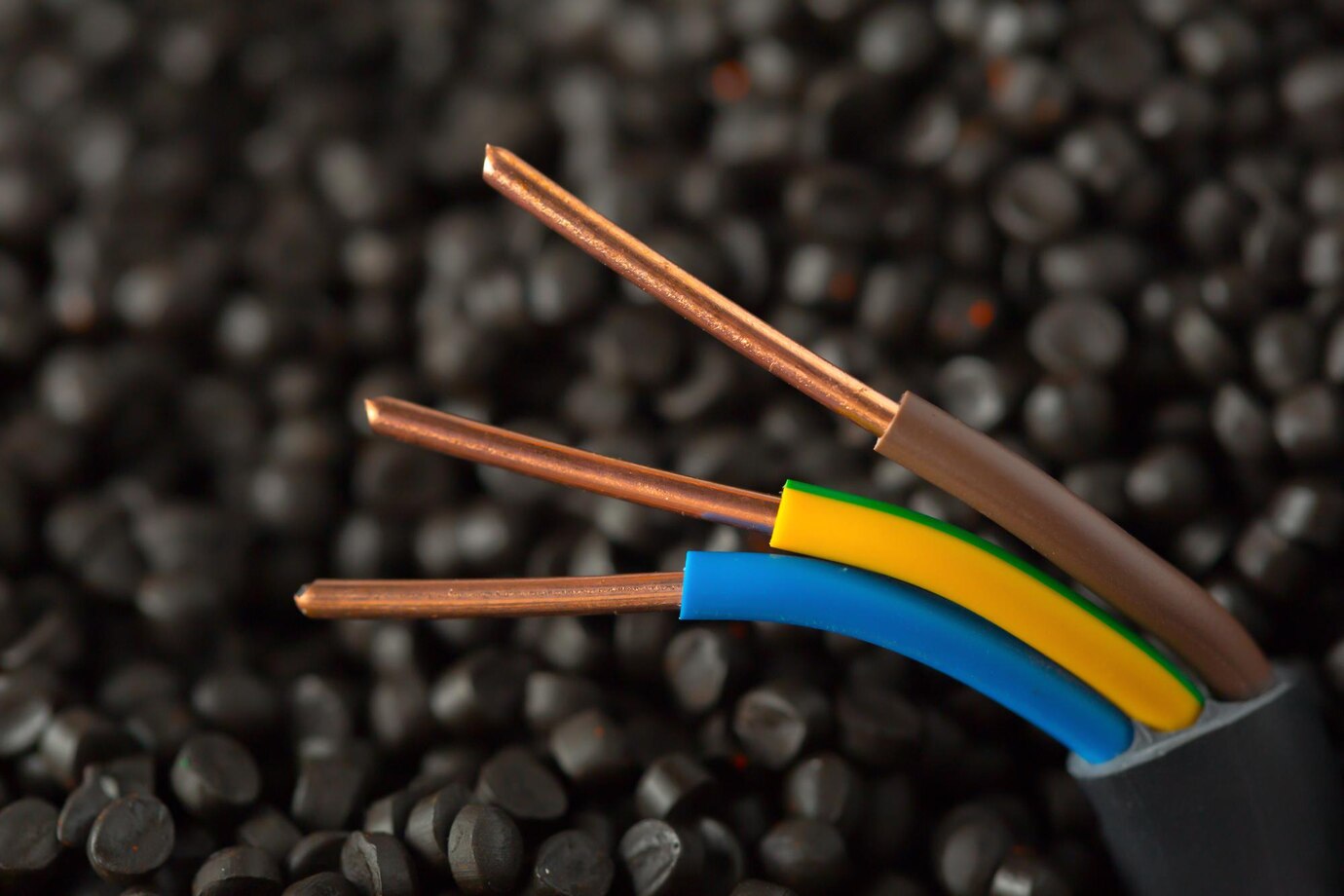
Older homes often come with a unique charm and history. However, they may also present certain challenges, such as outdated electrical wiring. As homes age, so do their electrical systems, which can lead to potential safety hazards and inefficiencies.
Recognizing the Signs of Outdated Electrical Wiring
It’s essential to recognize the indicators of outdated electrical wiring to maintain a safe home environment. Common signs include frequent circuit breaker trips and fuse blowouts. If we notice that lights flicker or dim when other appliances are in use, it might indicate overloaded circuits. Additionally, outlets that feel warm to the touch or have discoloration are red flags.
Other indicators can be more subtle. Constant buzzing sounds from switches or outlets might point to wiring issues. Persistent burning smells near electrical outlets or switches should be taken seriously as they could signify potential fire hazards. Regularly inspecting the condition of our wiring and being attentive to unusual electrical behavior helps in early detection.
Ignoring these signs can lead to severe potential risks. Outdated wiring is a significant cause of electrical fires, posing a risk to our home’s safety. Moreover, overloaded circuits and faulty wiring can damage appliances and electronic devices, leading to costly replacements. Ensuring that we identify and address these signs promptly can prevent accidents and maintain the integrity of our electrical system.
Planning for an Electrical Wiring Upgrade
Upgrading the electrical wiring in an older home requires careful planning. The initial steps involve conducting a thorough assessment of the existing wiring. This involves inspecting the wiring’s condition and determining the scope of the upgrade required. Creating a detailed plan outlines the areas that need rewiring and helps in estimating the materials and tools needed.
For any significant electrical work, securing the necessary permits and regulations is crucial. Electrical upgrades need to comply with local building codes to ensure safety and legality. Before starting the upgrade, finding out the specific requirements and obtaining the appropriate permits is essential. Failure to comply can result in fines and delays in completing the project.
Adequate planning also involves budgeting for unexpected expenses. Having a contingency fund for unforeseen issues, like discovering additional faulty wiring or needing extra materials, can help prevent project delays. Proper preparation ensures that the wiring upgrade process is smooth and efficient. It also helps in minimizing disruptions to our daily routines while ensuring our home’s electrical system is safe and up-to-date.
Steps to Upgrade Electrical Wiring
Upgrading electrical wiring involves specific tools and materials to ensure the job is done correctly. Essential tools include wire cutters, a voltage tester, fish tape, and a drill. As for materials, new wiring (preferably modern copper wires), junction boxes, and new outlets or switches are commonly needed. Safety gear like gloves and goggles is also important to protect ourselves during the upgrade.
The step-by-step process to upgrade electrical wiring begins with turning off the power supply. This ensures safety while working on the electrical system. Next, remove old wiring carefully to avoid damaging the walls or existing fixtures. Once the old wires are out, run new wiring through the walls using fish tape. This helps guide the wires smoothly without creating a mess.
Connect the new wires to the appropriate outlets and switches, ensuring that connections are secure. Testing the new wiring with a voltage tester before turning the power back on is crucial to verify that everything is working correctly. Finally, secure all junction boxes and replace any faceplates to complete the project neatly. Following these steps diligently ensures a safe and effective wiring upgrade.
When to Call the Professionals
While upgrading electrical wiring can be a DIY project, some situations require the expertise of our professionals. If we encounter complex wiring setups, such as those involving multiple circuits or intricate connections, it’s best to call for help. Complications like these can be hazardous and are better handled by trained technicians.
Professional electrical services have many benefits. Our professionals possess the knowledge and experience to identify and fix wiring issues efficiently. They adhere to safety standards and comply with regulations, ensuring the job is done correctly. Additionally, professional inspections can uncover hidden problems that may not be apparent to untrained eyes.
Calling our professionals not only guarantees a high-quality job but also provides peace of mind. We can rest assured that our home’s electrical system is safe and up-to-date, reducing the risk of future issues and enhancing overall safety.
Conclusion
Upgrading outdated electrical wiring in older homes is essential for maintaining safety and efficiency. Recognizing the signs of aging wiring helps us address problems early. Planning and executing an upgrade involves careful consideration of tools, materials, and steps to ensure the job is done right.
While some tasks may be manageable as DIY projects, knowing when to call in our professionals can make a significant difference. Their expertise ensures that the wiring system is reliable and up to code, providing long-term benefits and safety.
For reliable electrical wiring upgrades in older homes, reach out to Champion Services. Our professionals are here to ensure your electrical system is safe and up-to-date. Get in touch with us to learn more about our electrical services in Henderson, NV.
